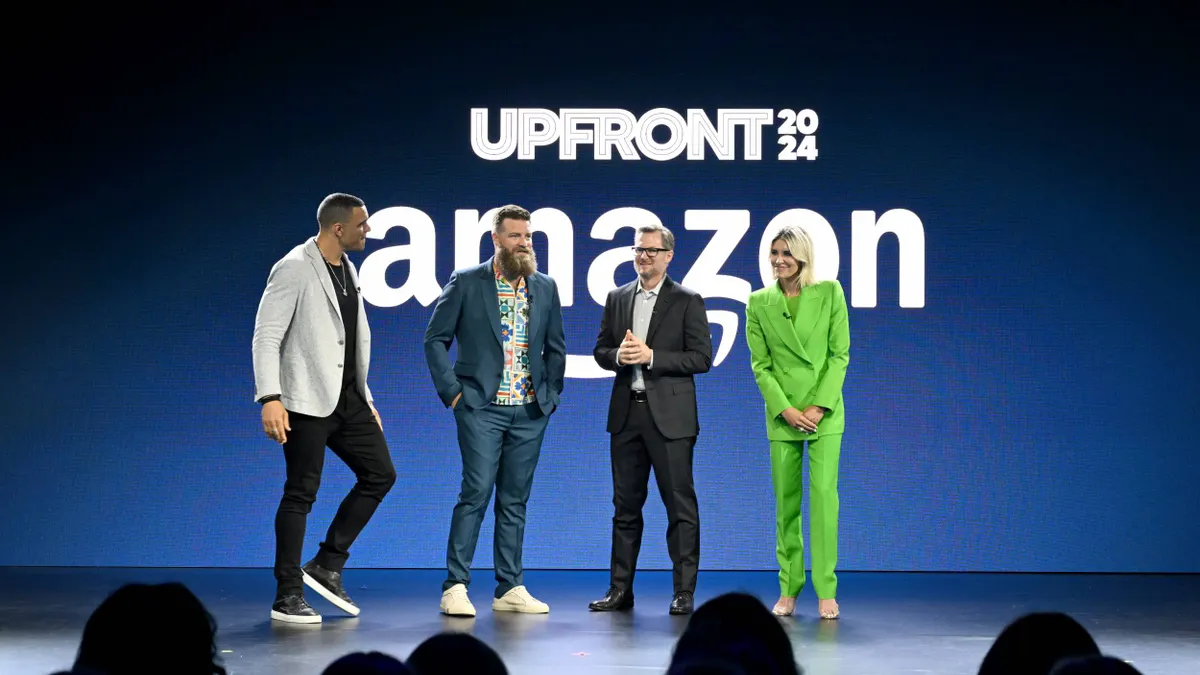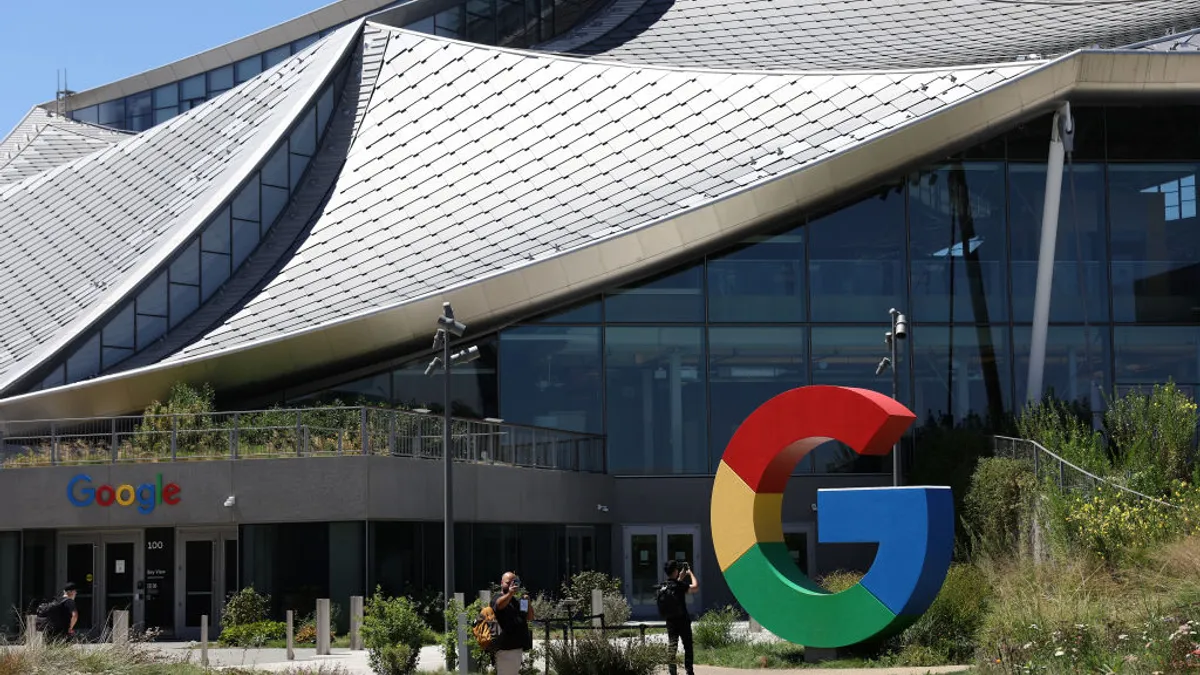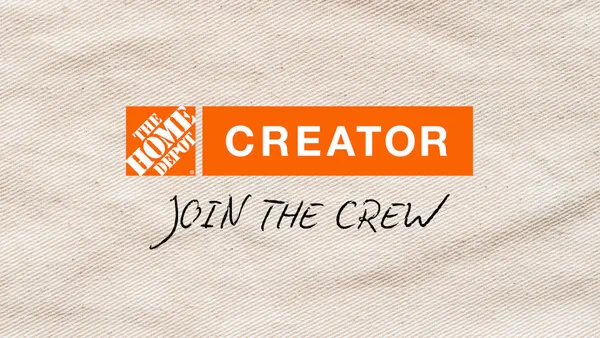Earlier this month, TMGA again hosted app marketers in The Mobile Growth House, this time to bandy about best practices in Google UAC during happy hour, as well as with a more formal panel discussion.
A quick shout out and thank you to our panel: Adam Miller, Senior Manager of Marketing, Growth, and Analytics at Turo, Jonas Pauliukonis, Head of User Acquisition at SoundHound Inc, and Brandon Lau, Partnerships Development Manager at Google.
The agenda notably uncovered a few helpful creative building blocks for generating asset-based advertising that best reaches any app’s best and next users.
Google UAC ABC’s
A Universal App Campaign is Google’s app install product. It prioritizes certain performance metrics, notably CVR and CTR, to optimize across all Google properties – Google Search, Google Play, Gmail, YouTube, and AdMob – so one campaign covers all inventory sources. And of course, it has bidding and budgeting best practices to master.
UAC is Google’s first asset-based campaign type, offering app marketers simplicity, control, and performance. By adding varied assets (controlled by the marketer) rather than finished creatives, dozens of relevant ad format combinations can be created with very little effort for the marketer. The UAC machine learning algorithm determines what message to show individual users on different surfaces, at different times.
Asset Coverage
App marketers are able to upload four lines of text (maximum 25 characters each), 20 images (two variations of each size – see below – are recommended for A/B testing), 20 HTML5 assets, and 20 videos (not five like some Mobile Growth House attendees believed #mythbusting).
Of those 20 videos, ten landscape, five portrait, and five square varietals is the optimal mix, as some formats will only run on certain inventory sources. Also note that one text line should be less than 20 characters, which is the limit for Gmail.
Below are the top-ten dimensions based on how frequently they are served across Google’s network:
- 320x480 (Portrait Interstitial)
- 480x320 (Landscape Interstitial)
- 300x250 (Square)
- 1024x768 (Tablet)
- 768x1024 (Tablet)
- 320x50 (Banner)
- 1200x628 (Landscape Image)
- 728x90 (Leaderboard)
- 300x50 (Banner)
- 320x100 (Banner)
This creative portfolio covers over 95% of AdMob inventory. For brands lacking any of these sizes, TMGA offers creative services to fill in any gaps.
Creative Asset Best Practices
App marketers only need four text assets to get started. But growth practitioners should note that is the absolute bare minimum, and bare minimum is not the best way to get Universal App Campaigns to perform well. Only when maxing out all creative slots will UAC deliver max user reach and inventory scale.
“We’ve settled on a certain degree of trust in giving Google as many assets as possible in order for them to really optimize,” Pauliukonis says. “That means maxing out all the text, maxing out the videos, developing a baseline, and going from there. Presenting as many assets as possible for Google to use is one of the keys.”
Using creative from other networks on UAC doesn’t always translate. On some other networks, images will always run with text or some description, but that’s not the case with Universal App Campaigns all the time. Sometimes, images will run standalone, so it’s important to make sure app logos, app store badges, and calls to action are included.
Video ads should be a simple introduction to an app or game’s value proposition to qualify interest. TMGA recommends video ads be 90 seconds, but app marketers should test different lengths from 30 to 120 seconds. Portrait orientation is best, as it accounts for 70% of impressions and generates conversion rates that are generally higher; however, having both portrait and landscape increases reach by one-third.
More Video Tips
YouTube differs from other video networks in that over 95% of YouTube videos are watched with the audio on, so naturally, it’s important that UAC videos are audible.
An additional YouTube item to note is the UAC inventory is skippable after five seconds. And generally, a higher percentage of impressions are skipped as soon as the “Skip Ad” button appears. Acknowledging this fact, app marketers should watermark their app icons, say their app names, and relay their app value propositions, all in the first five seconds.
If only one video is available, consider creating it with landscape, portrait, and square ratios, as well as carving it up into three different lengths. Now one video is nine different types of videos, with varying sizes and lengths, for UAC to optimize performance.
How Long Does It Take the Machine to Learn?
In most cases, the machine learning model requires four to eight days to grade an asset, depending on how much it is being served. Letting it sit can be downright torture for marketers, but do not touch a campaign too often, especially when it’s still in the learning phase and the machine is trying to understand which conversions are quality conversions and how it can find other similar users.
“That’s the hardest part to learn at first,” says Miller. “As an acquisition professional, you’re likely a bit of a control freak and a scientist. You want to control every aspect of your channel. That is not this.”
“What I found was after I made a change, I would let it run for a couple weeks,” Pauliukonis says. “I didn’t want to touch it any sooner than that. For us, that seemed to be the sweet spot.”
Find your sweet spot at the next Mobile Growth House event, to be held at Mobile World Congress Americas on September 14th.









